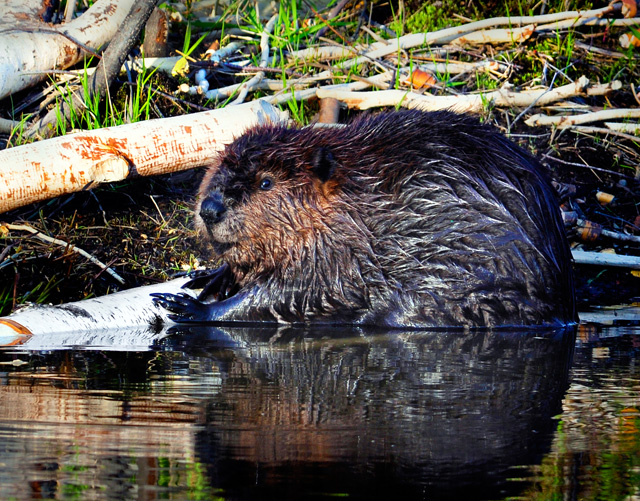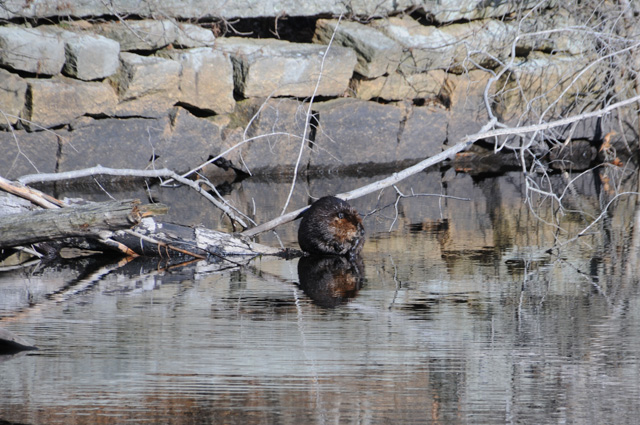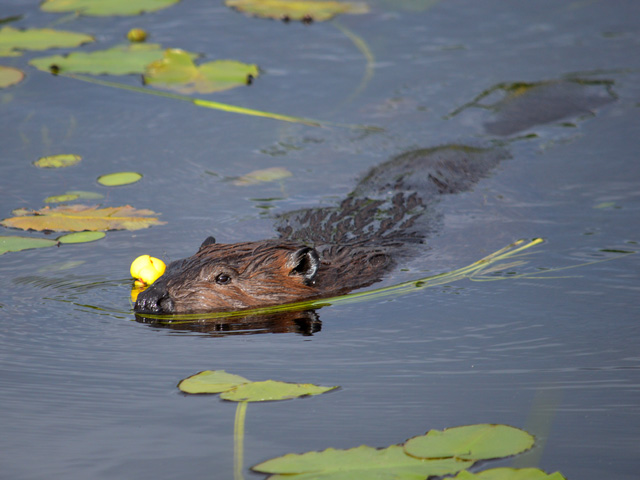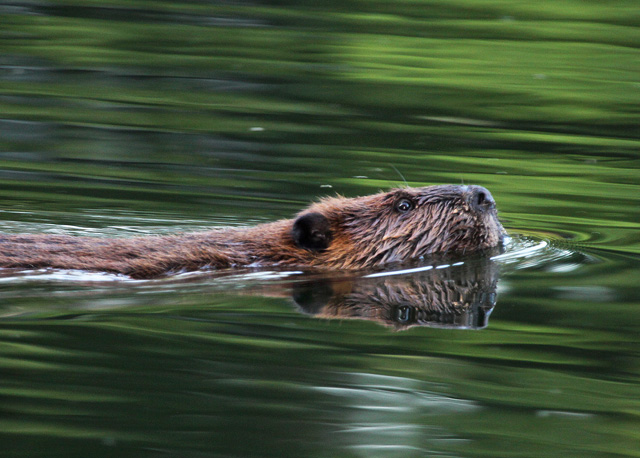If you’ve ever enjoyed a day at the beach, no doubt you have been entertained by the antics of a few fleet-footed shorebirds as they scurry about in the waves, looking for morsels of food buried in the sand. As summer begins to wane, migratory shorebirds begin their long, annual journey south for the winter, and mid-August is the perfect time to catch the height of the annual shorebird migration at beaches and tidal wetlands along the Massachusetts coast.
Look for sandpipers, plovers, and sanderlings, among others, at many of our wildlife sanctuaries, including Joppa Flats in Newburyport, Long Pasture in Barnstable, and Felix Neck in Edgartown. Check our program catalog to find an upcoming shorebird migration program at these any many other locations.
Here are five terrific photos of common shorebirds you can look out for on their long trek south. And don’t forget to submit your own photos to our annual photo contest by September 30!
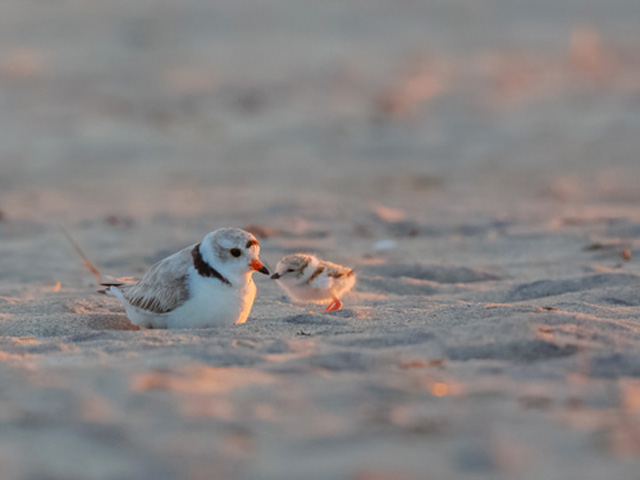
Piping Plovers © David Peller, Photo Contest 2014

Semipalmated Sandpiper © Scott Martin, Photo Contest 2015
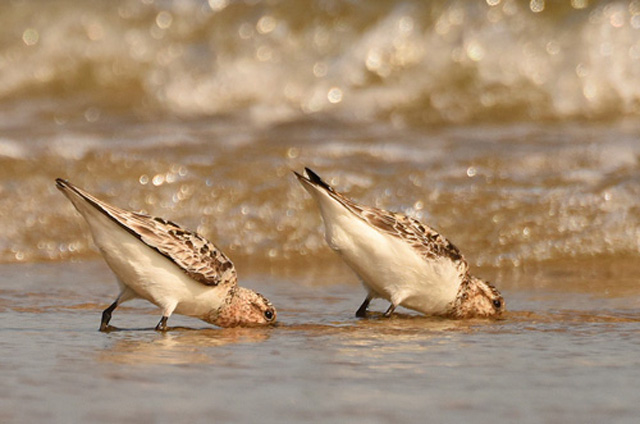
Sanderlings © Denise Hackert Stoner, Photo Contest 2015
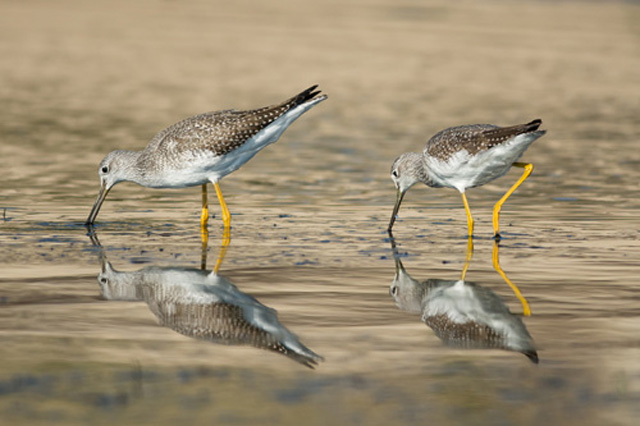
Greater Yellowlegs © Susumu Kishihara, Photo Contest 2015
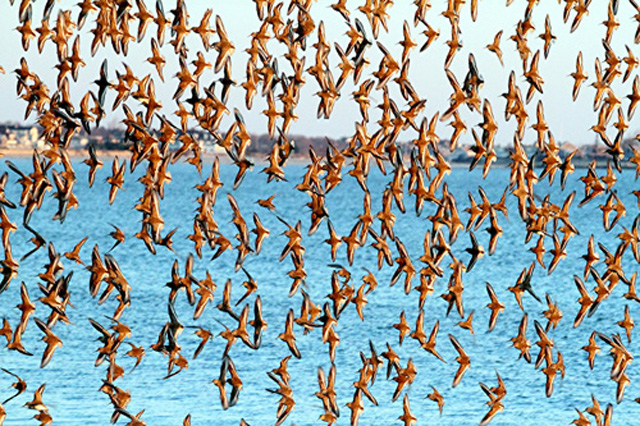
Dunlins © Paul McCarthy, Photo Contest 2015


